The 11th
LaureateTheatre/ Film
Pina Bausch
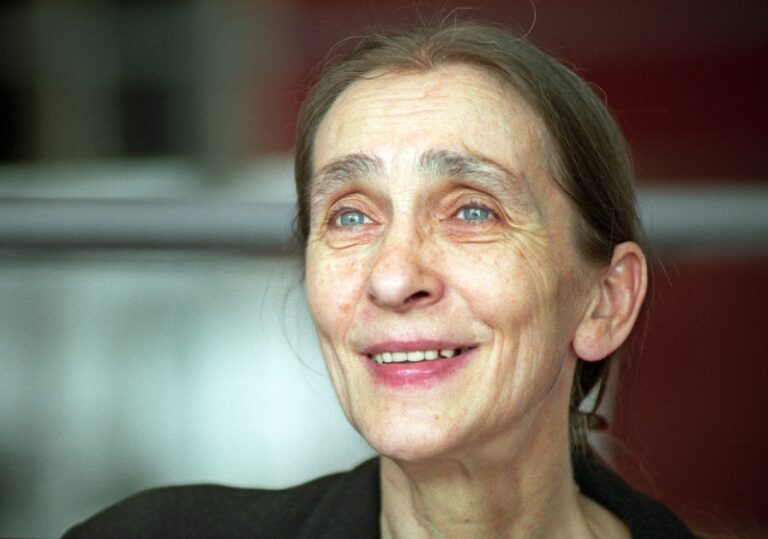
Pina Bausch has been as influential for theatre as for dance,initiating a shift from abstract,‘pure dance to work that blurs the boundaries between dance,theatre,and visual art. She says that she is not so much interested in how people move but in what moves them. She uses painfully expressive material allusively rather than symbolically,opening up new possibilities for meaning by avoiding the literal. From her teachers,Jooss and Tudor,she learnt how movement alone can show emotion. While her early work staged a brutal battle of the sexes,this became more generalized and humanist in the 1980s. Lighter and more humorous in recent years,it offers both the pleasure of dancing and reflective self-criticism that questions and refines such pleasures.
Biography
Pina Bausch has been as influential in the world of theatre as she has been for dance. She is largely responsible for a widespread shift in recent years away from abstract,modernist,‘pure dance’ towards the devising and performance of work that blurs the boundaries between dance,theatre,visual and performance art. When her company,Tanztheater Wuppertal,performed her 1984 piece Auf dem Gebirge hat man ein Geschrei gehört (On the mountain a cry was heard) in New York in 1985,writers and artists from experimental theatre acknowledged her stature as an innovator,but many dance critics hated the work. One moment in particular upset them. In this Josephine Ann Endicott repeatedly went down on all fours,pulling up her dress to bare her back; a man then marked a line on her with lipstick so that her back became inexorably crosshatched in red. This provoked the criticism that Bausch didn’t appear to be obviously critical of violence against women,and that her unrelieved and undeveloping repetitiousness seemed senseless. To make such a criticism is to mistake the extent to which her use of emotionally loaded,painfully expressive material is allusive rather than symbolic. It opens up new possibilities of dramatic and ethical meaning and suggests new connections between them precisely because it avoids the literal.
An old film shows Bausch in her mid twenties dancing the role of the old woman in her teacher Kurt Jooss’s ballet Der Grüne Tisch (The green table). Her beautifully sensitive hands and long,thin arms,and her cool,almost minimalist use of weight turns her fragile youthfulness into the image of frail senility. Another early influence that Bausch acknowledges was Antony Tudor who wouldn't allow the dancers in his psychological ballets to show emotions with their faces or to act,but insisted that all the emotion had to be done through the movement. For much of her career,Bausch’s work hasn’t looked like dance at all. It is as if she can’t approach dance directly and seems to speak not about dance but despite it. Nevertheless,when in the 1990s she taught her 1975 piece Frühlingsopfer (The rite of spring) to dancers at the Paris Opera,film shows her painstakingly working with the French ballet dancers on precise inflections of the hand and arm to produce exactly the qualities that a younger Bausch had so precociously exemplified when performing the work of her teachers.
Bausch devises her work with her company. In a rehearsal space that used to be a cinema,she sets her dancers to improvise around dramatic situations while she sits at a table chain smoking,looking for moments that strike her and writing notes from which to edit and combine their material into the final piece. ‘I am not so much interested in how people move’,she says,‘as in what moves them’. And what she has shown us of what moves her dancers seems to have changed over the years. In the 1970s her work seemed to speak for a generation who were at one remove from the traumas of early twentieth century history but found no emotional safety in that distance. Works like Frühlingsopfer and Kontakthof (1978) present a world where the sexes are locked in brutal conflict – the men exercising power over the women but without any conceptual authority. By the 1980s,while male tyrants,usually Jan Minarik or Dominique Mercy,still exercise a similarly brutal authority,their assaults seem more equally distributed between the men and women in the company. Though a dark pessimism still seems to brood somewhere just off stage,there are moments of humour and whimsy,and all this takes place in some wonderfully lush theatrical spaces like the turf lawn of 1980 (1980),the field of closely planted (plastic) carnations in Nelken (Carnations,1982) or the towering walls of gritty soil surrounding the stage in Viktor (1986) which Minarik gradually shovels to the floor as the piece progresses.
These are works that have been shown all over the world. Her company has always been made up of many different nationalities who take trouble to try to translate as much as possible of their spoken lines into the language of the country in which they are performing. When pieces are commissioned from abroad – such as Der Fensterputzer (The window washer) for the Hong Kong Arts Festival in 1997 celebrating the colony’s return to China – the company spends some time there finding music,props,and ideas which are then used when devising the piece. Typical of Bausch's more recent work,Der Fensterputzer is light and witty and contains undisguisedly celebratory dance solos that were inconceivable in the early work. A moment in Danzon (1995) characterizes this lighter mood. A German woman,Mechthild Grossmann,with a deep growling voice stomps around sucking deeply on her cigarette,complaining about the ballet dancer with whom she finds herself sharing the stage: ‘Dancing!’ she spits out with disgust. ‘First she does it on the left,and then she does it on the right. So what?’ Bausch’s stage embraces a large enough conceptual space both for the pleasures of dance movements that touch us deeply and for a critical voice like Grossmann’s that continually questions the source of these pleasures,refining and finding new,more ethical possibilities within them.
Ramsay Burt
She passed away on June 30,2009,Wuppertal, Germany
Chronology
Iphigenie auf Tauris,dance opera,music by Gluck
I'll do you in,pop-music work
Come,Dance With Me.
Renate Emigrates (opera)
Head of the Dance Department of the Folkwang Hochschule in Essen (to 1989)
Stages of the choreography of The Rite of Spring for the Ballet de L'Opera National de Paris
Directs the opera Herzog Bluebeard's Castle by Bartok for the Festival International d'Art Lyrique d'Aix-en-Provence under the musical direction of Pierre Boulez.
Creates Ein Fest in Wuppertal,celebrating 25th anniversary of Tanztheater Wuppertal Pina Bausch
-
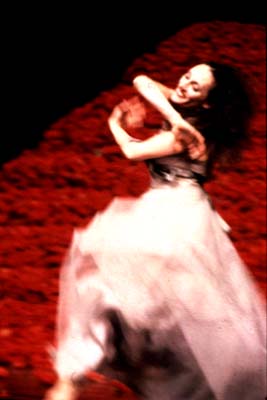
Der Fensterputzer, 1977
-
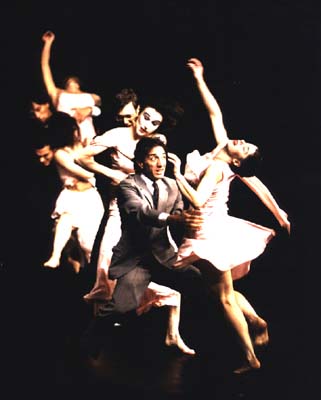
Kontakthof, 1978
-
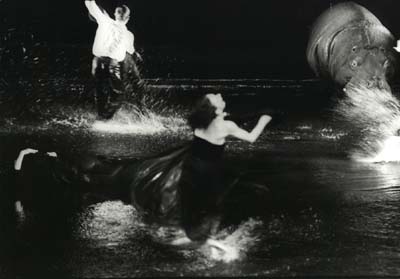
Arien, 1979
-
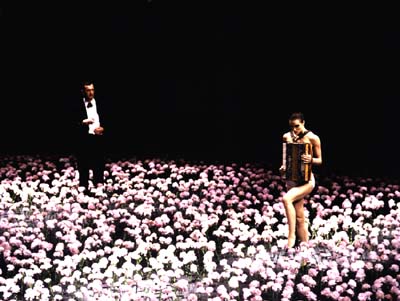
Nelken, 1982
-
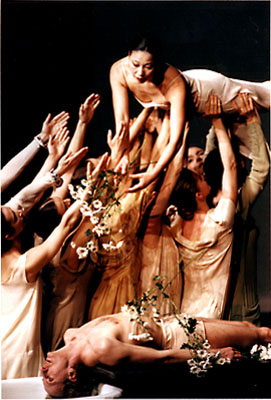
Iphigenie auf Tauris

